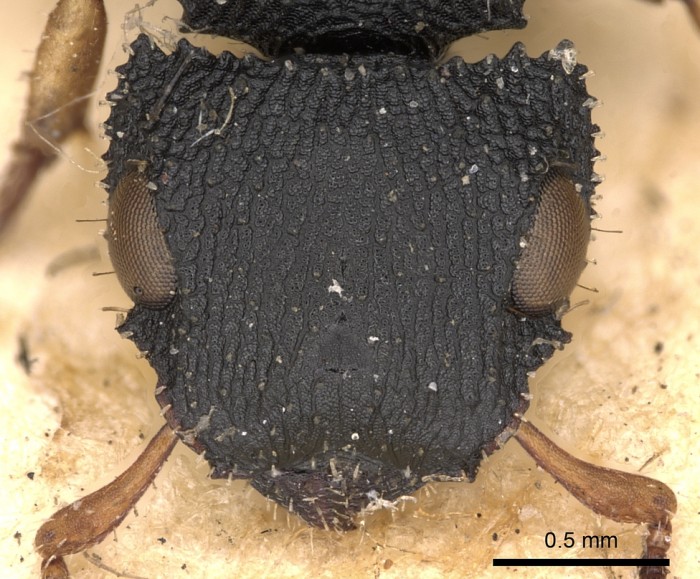





[1] Gaume, L., M. Zacharias, V. Grosbois, and R. M. Borges. 2005. The fitness consequences of bearing domatia and having the right ant partner: experiments with protective and non-protective ants in a semi-myrmecophyte. Oecologia. 145:76-86.
[2] Krombein, K. V. 1999. Biodiversity of the domatia occupants (ants, wasps, bees, and others) of the Sri Lankan myrmecophyte Humboldtia laurifola Vahl (Fabaceae). Smithsonian Contributions to Zoology No. 603, iv, 34 p.
[3] Bolton, B. 1974a. A revision of the Palaeotropical arboreal ant genus Cataulacus F. Smith (Hymenoptera: Formicidae). Bull. Br. Mus. (Nat. Hist.) Entomol. 30:1-105.
[4] Wheeler, G. C.; Wheeler, J. 1954b. The ant larvae of the myrmicine tribes Cataulacini and Cephalotini. J. Wash. Acad. Sci. 44: 149-157.
[5] Forel, A. 1909k. Études myrmécologiques en 1909. Fourmis de Barbarie et de Ceylan. Nidification des Polyrhachis. Bull. Soc. Vaudoise Sci. Nat. 45: 369-407.
[6] Smith, F. 1853 [1854]. Monograph of the genus Cryptocerus, belonging to the group Cryptoceridae - family Myrmicidae - division Hymenoptera Heterogyna. Trans. Entomol. Soc. Lond. (2) 2: 213-228.